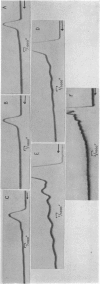Full text
PDF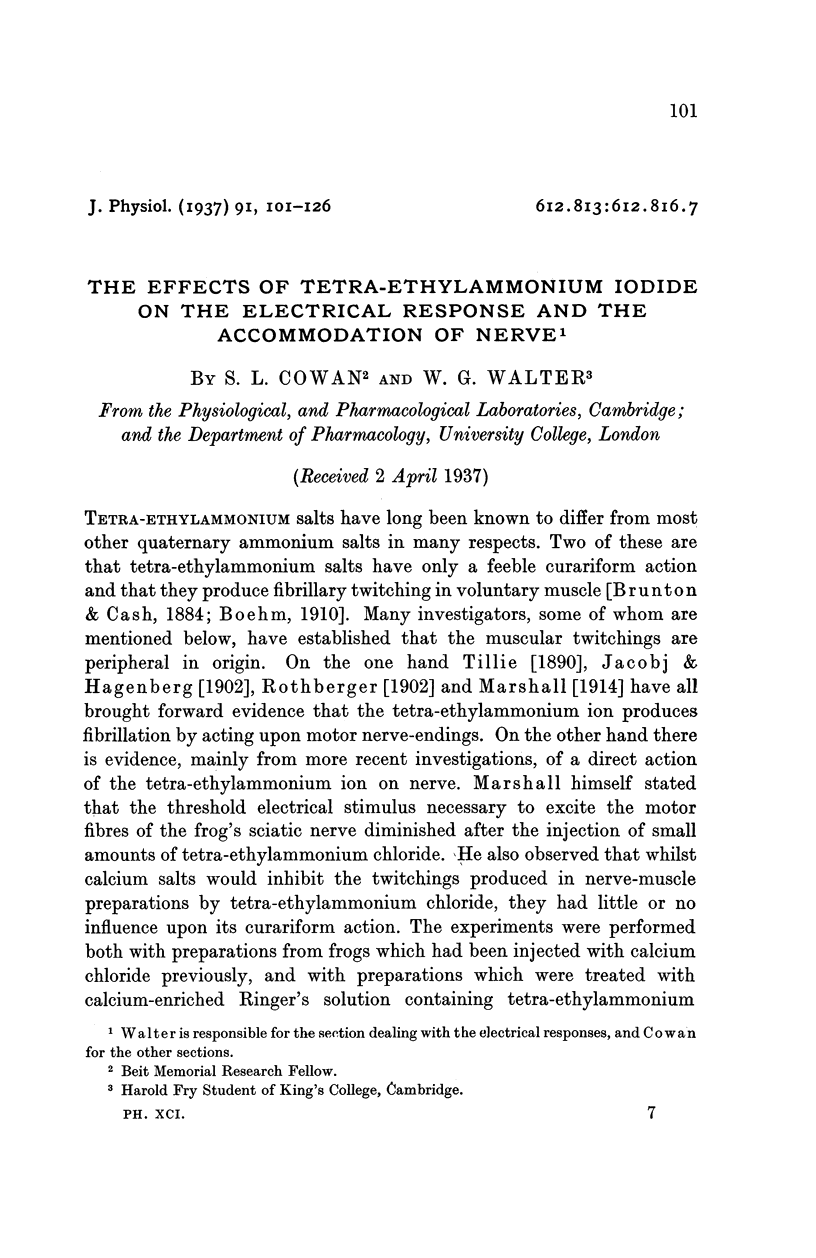
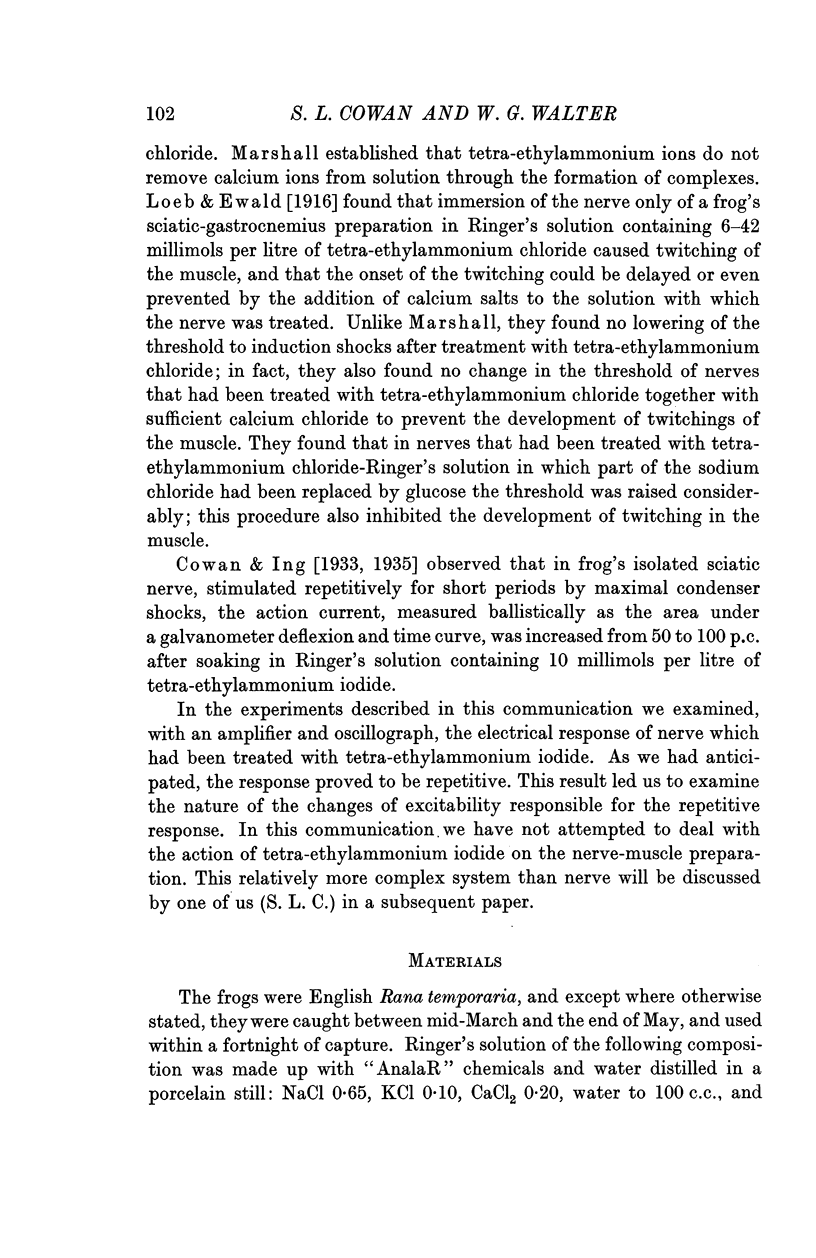
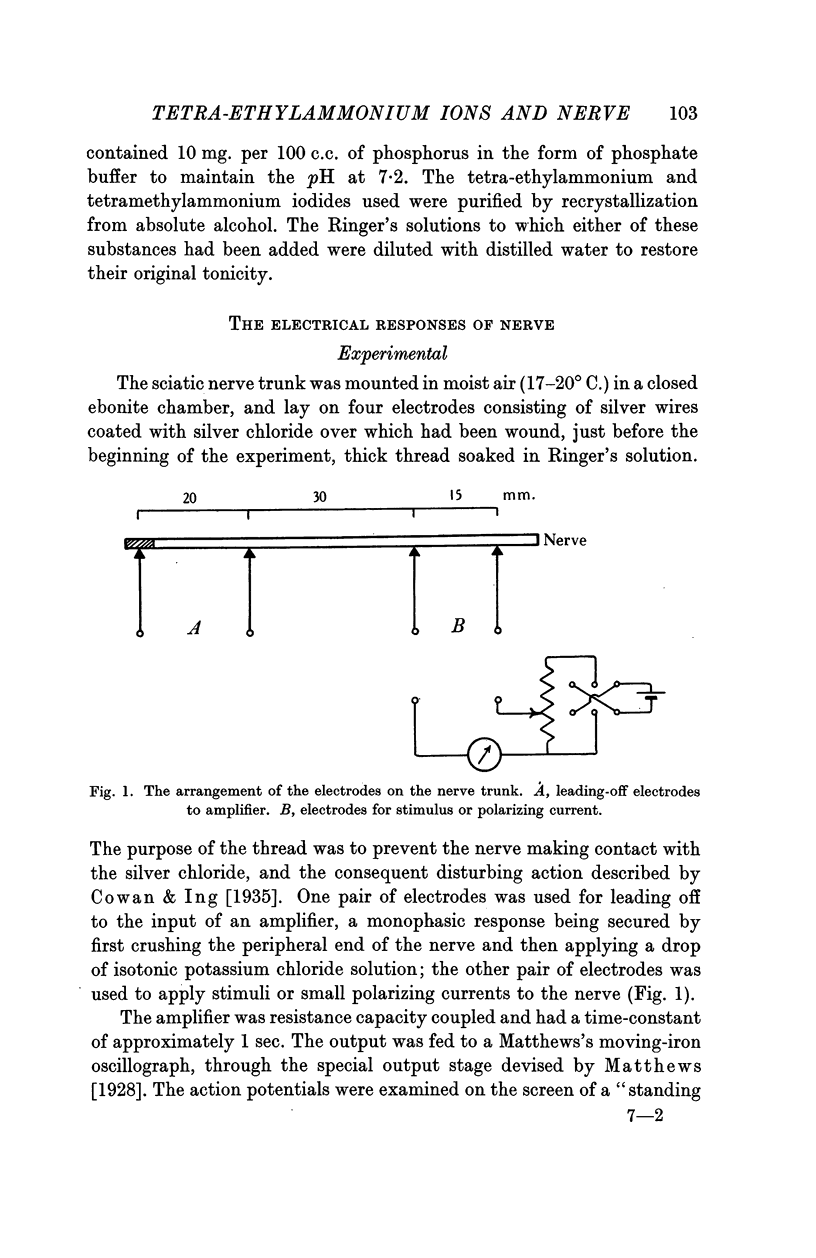
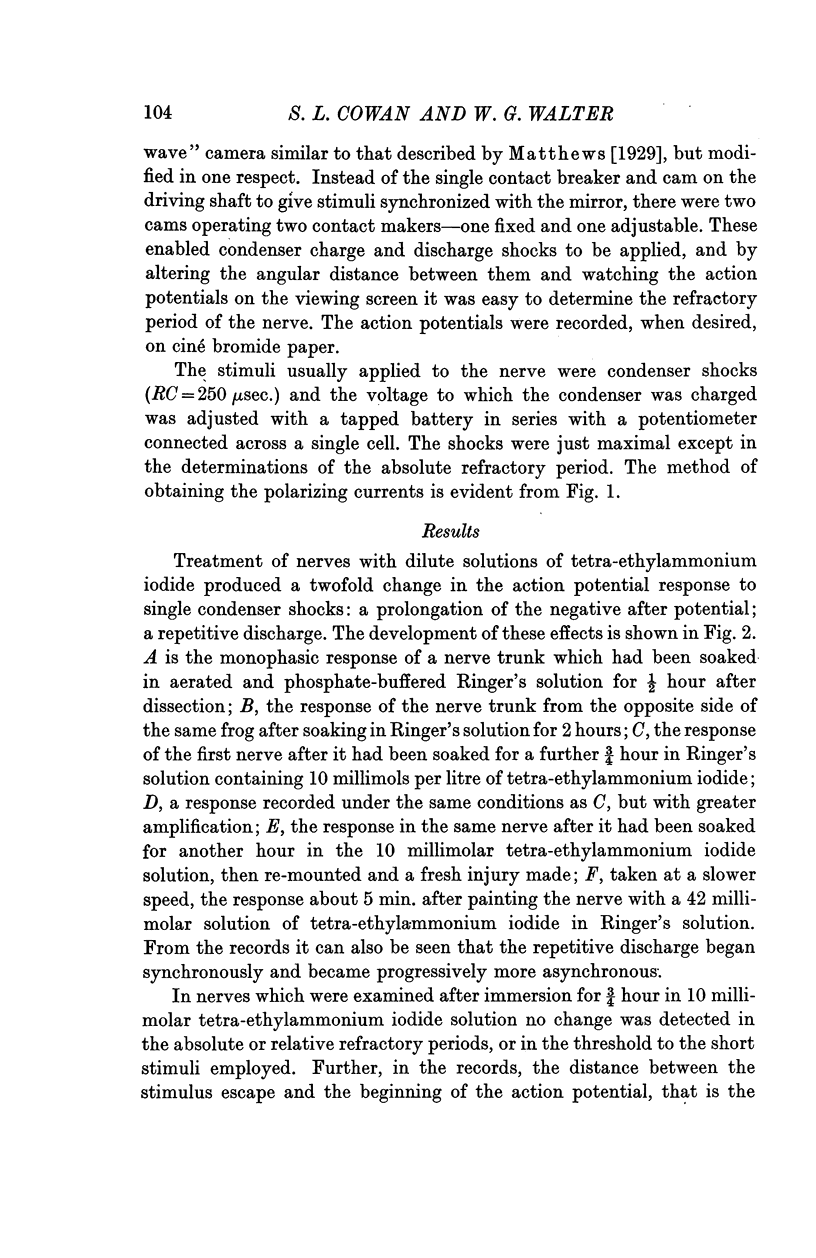
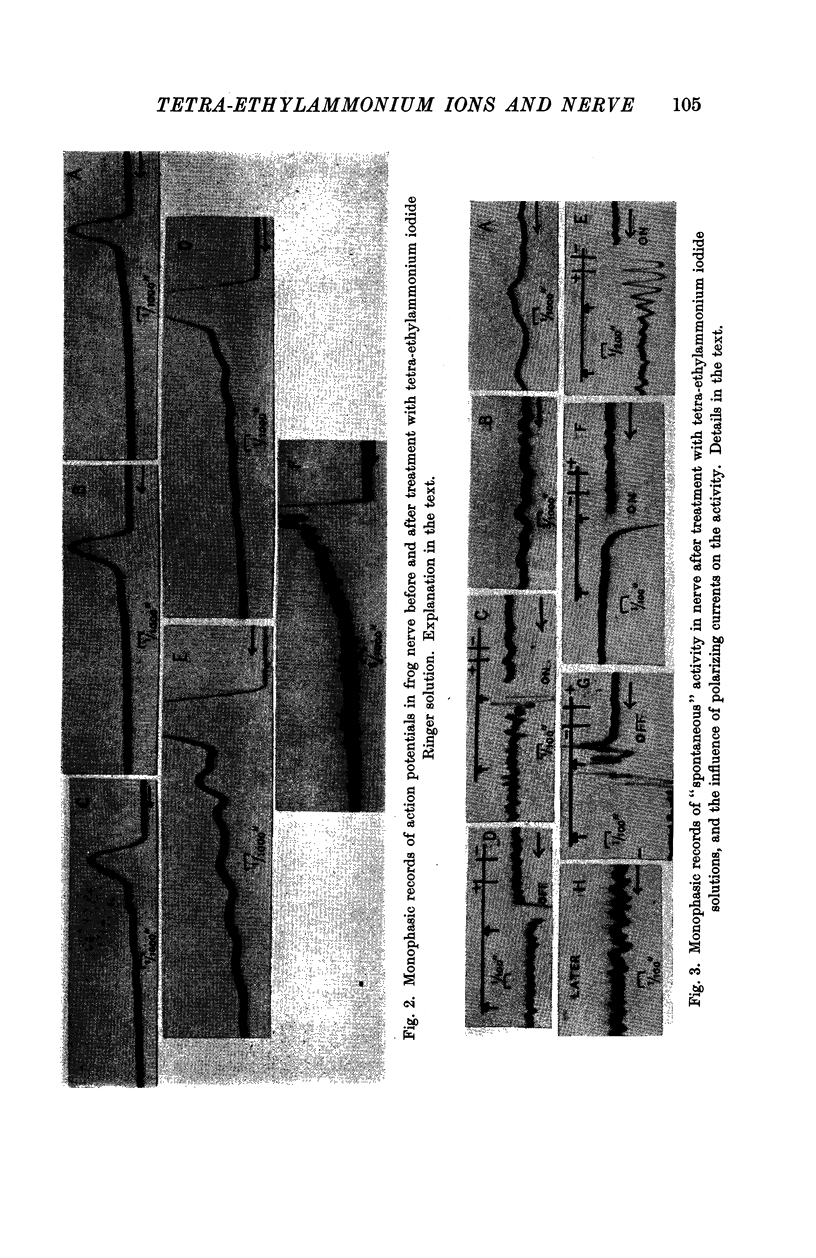
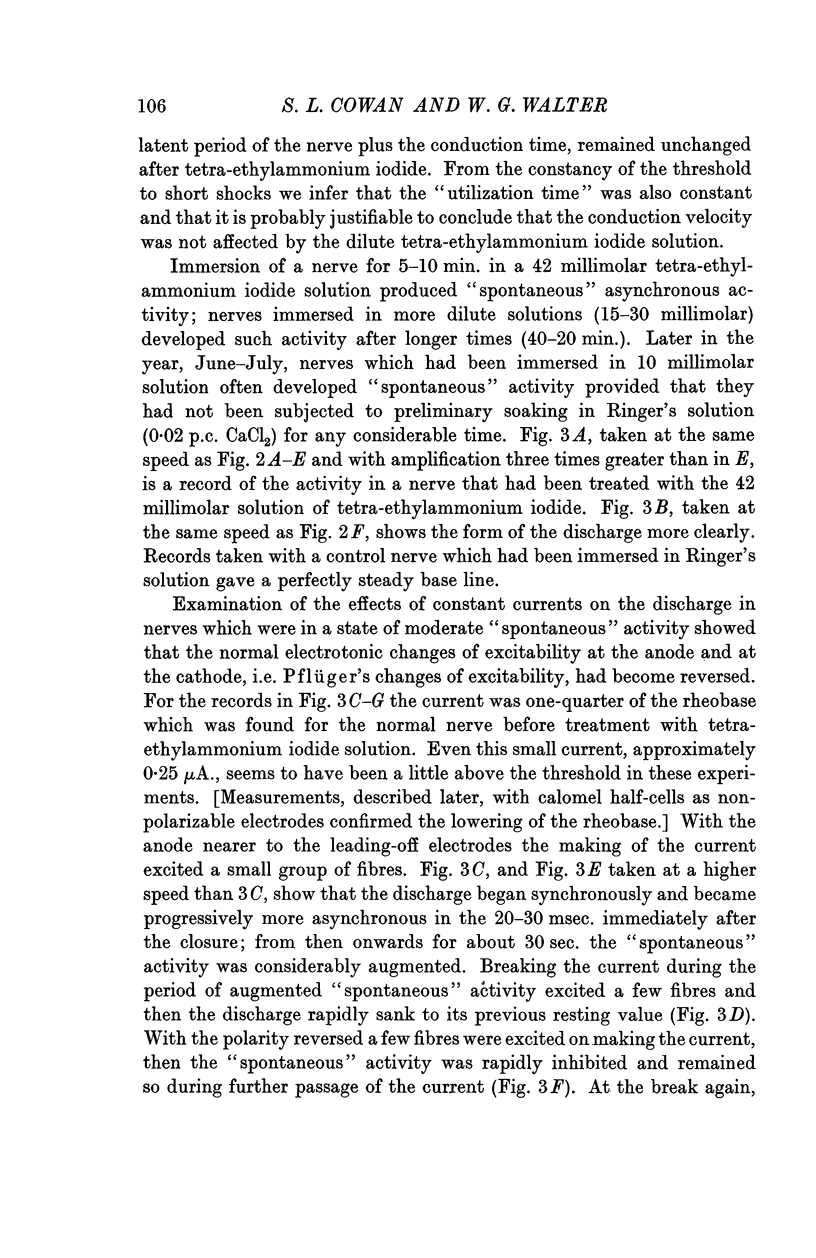
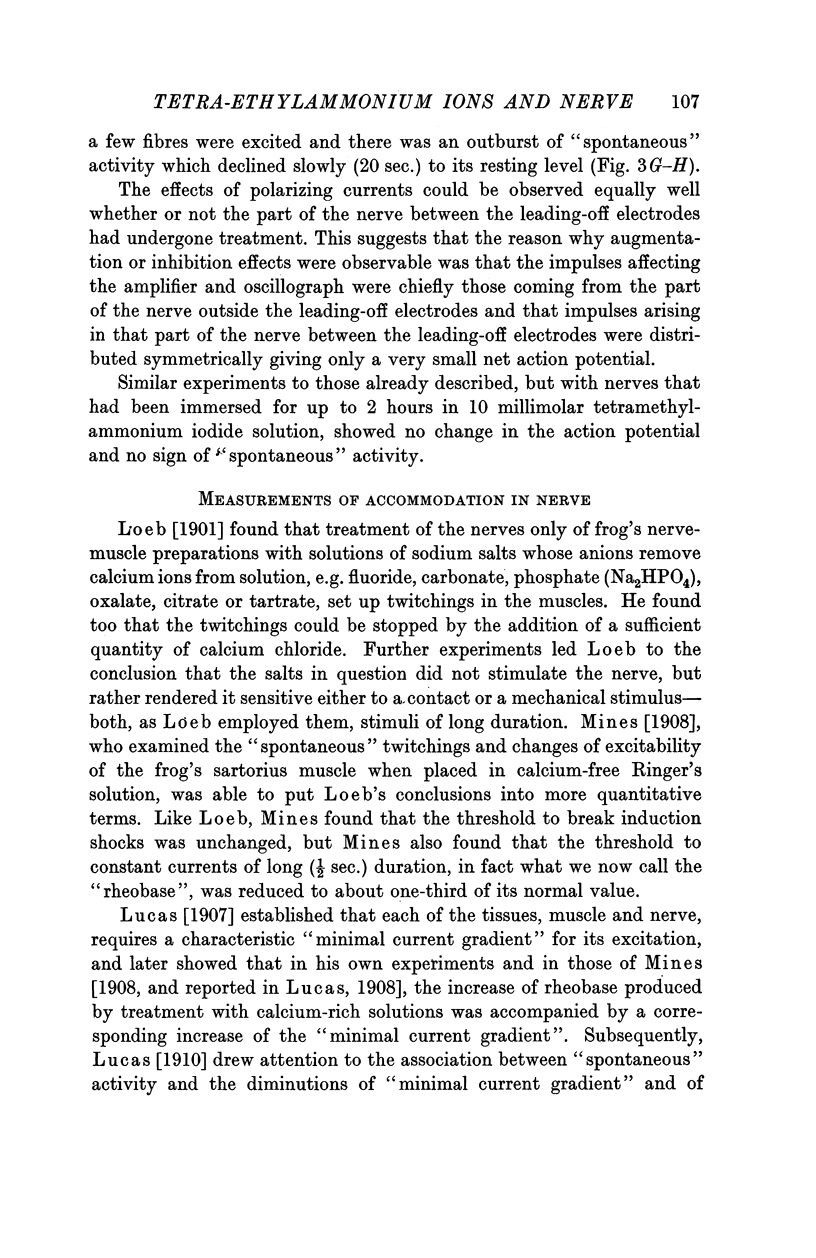
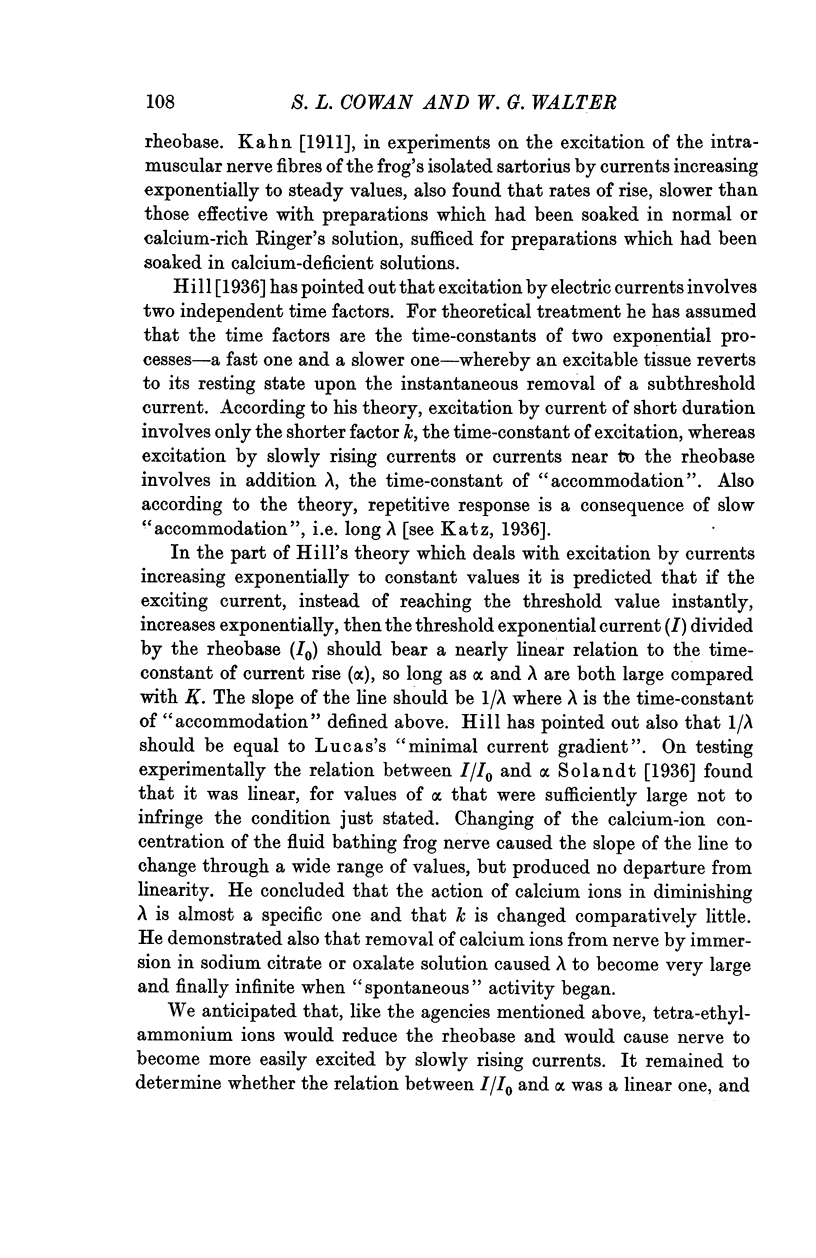
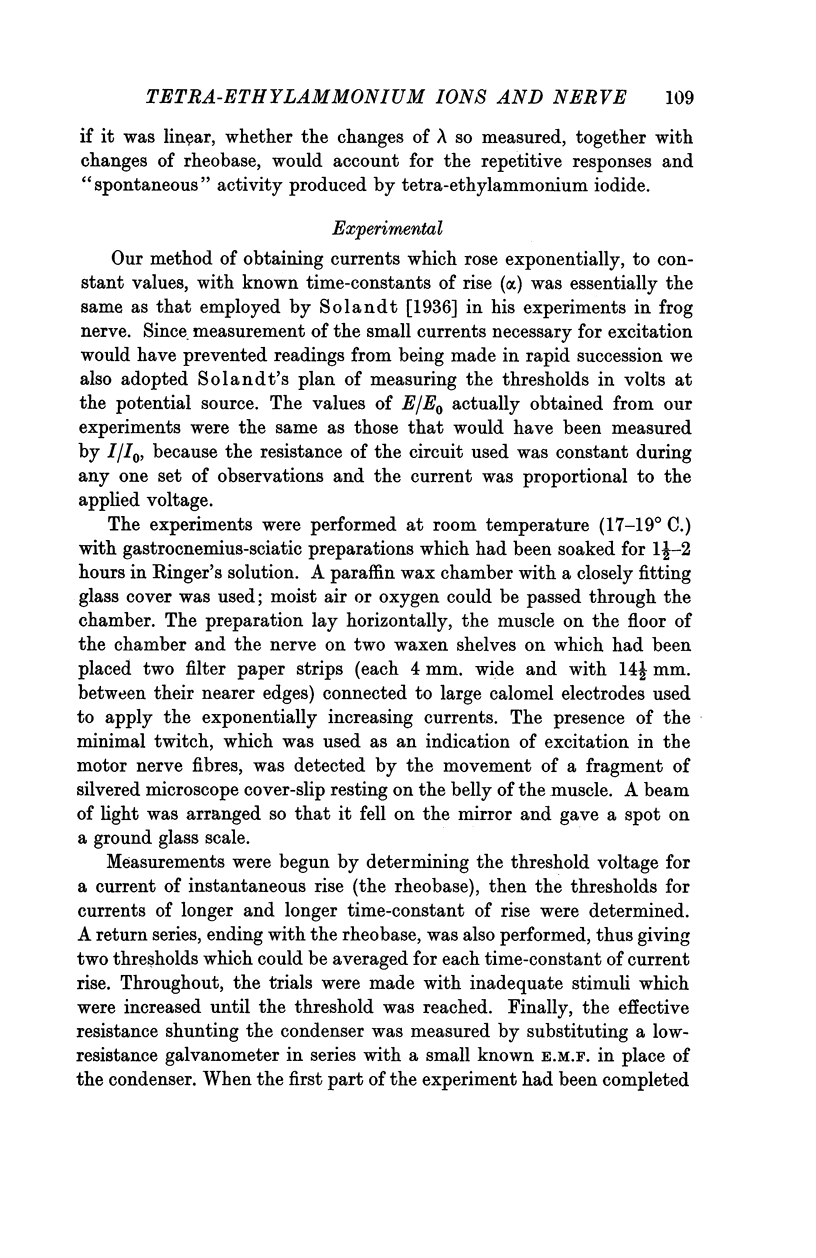
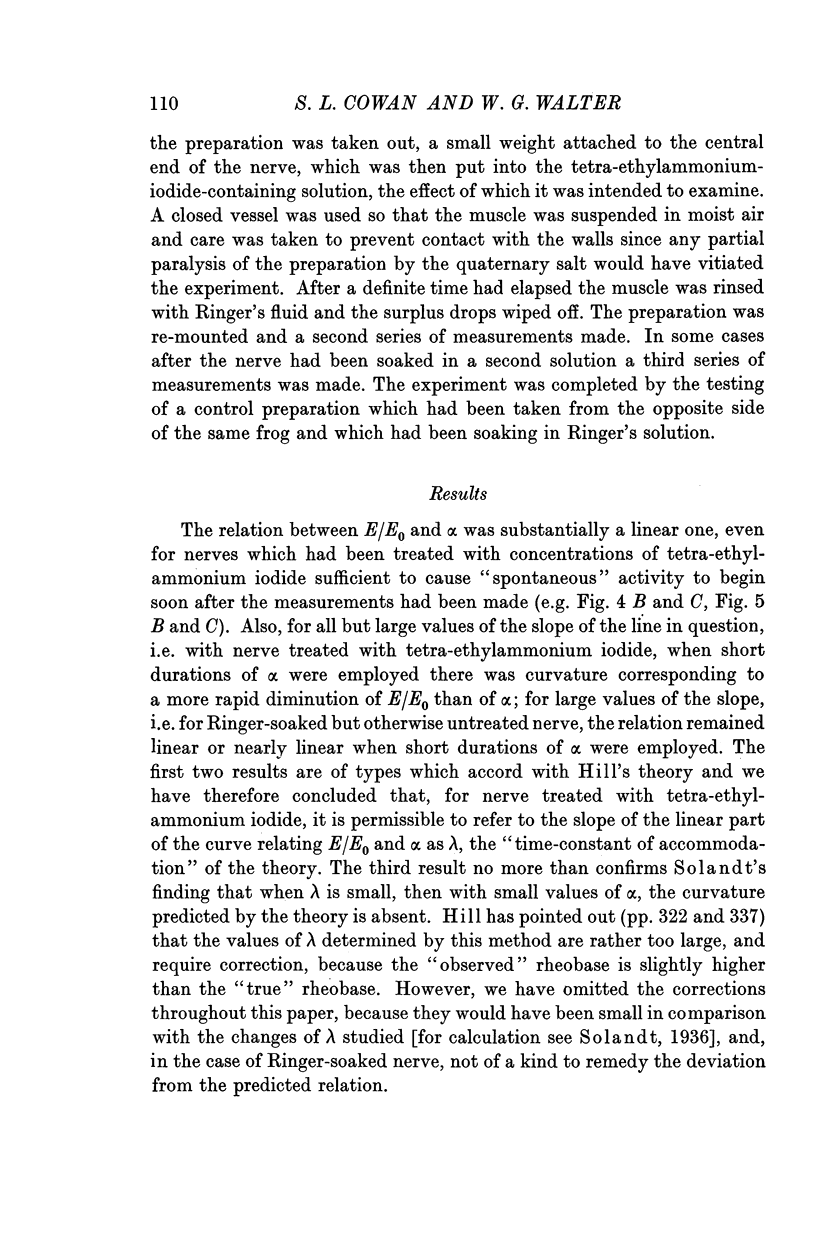
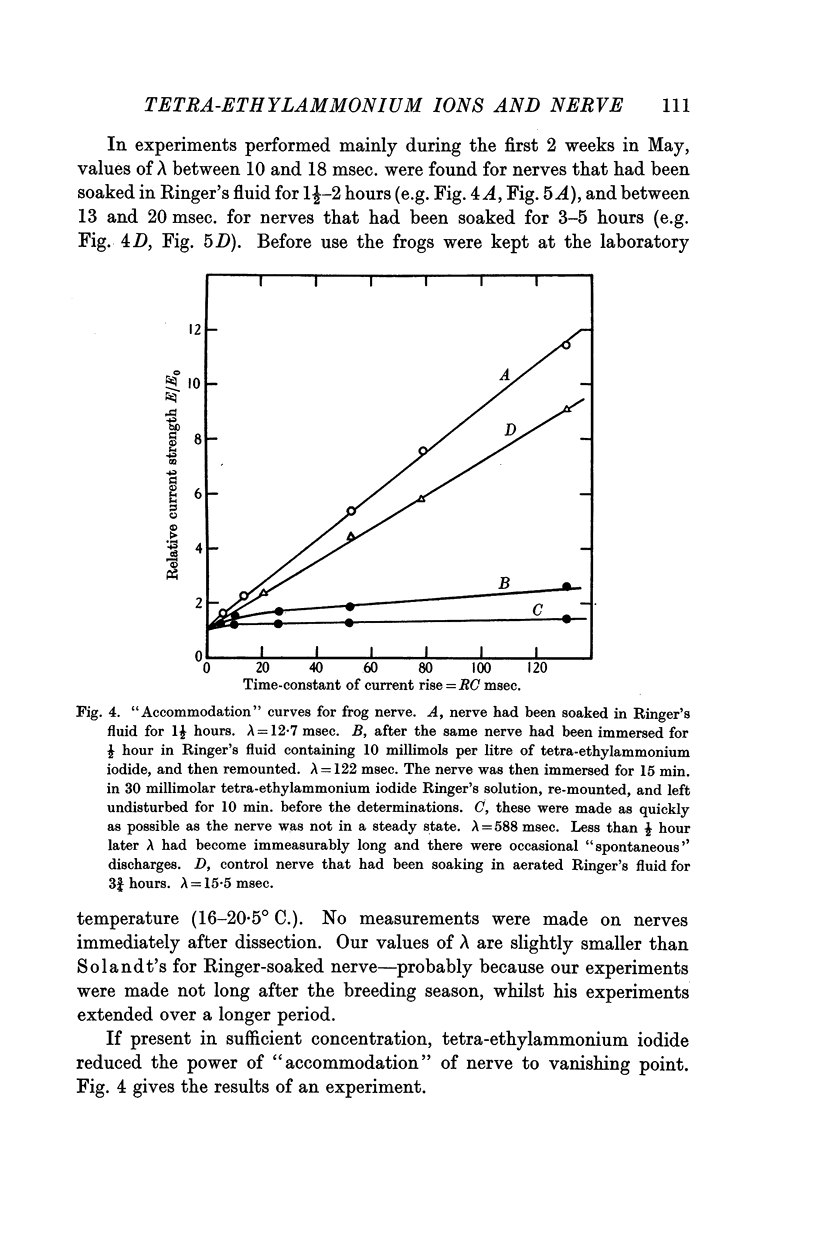
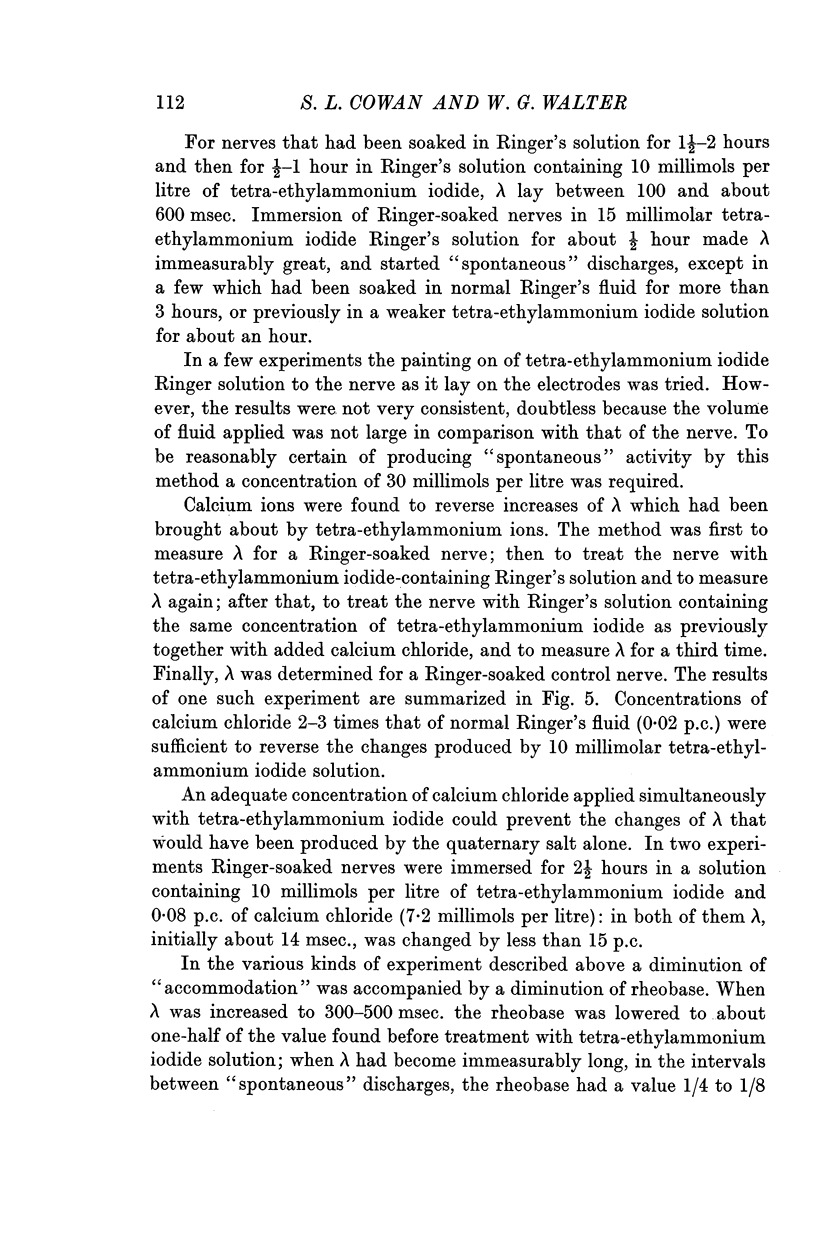
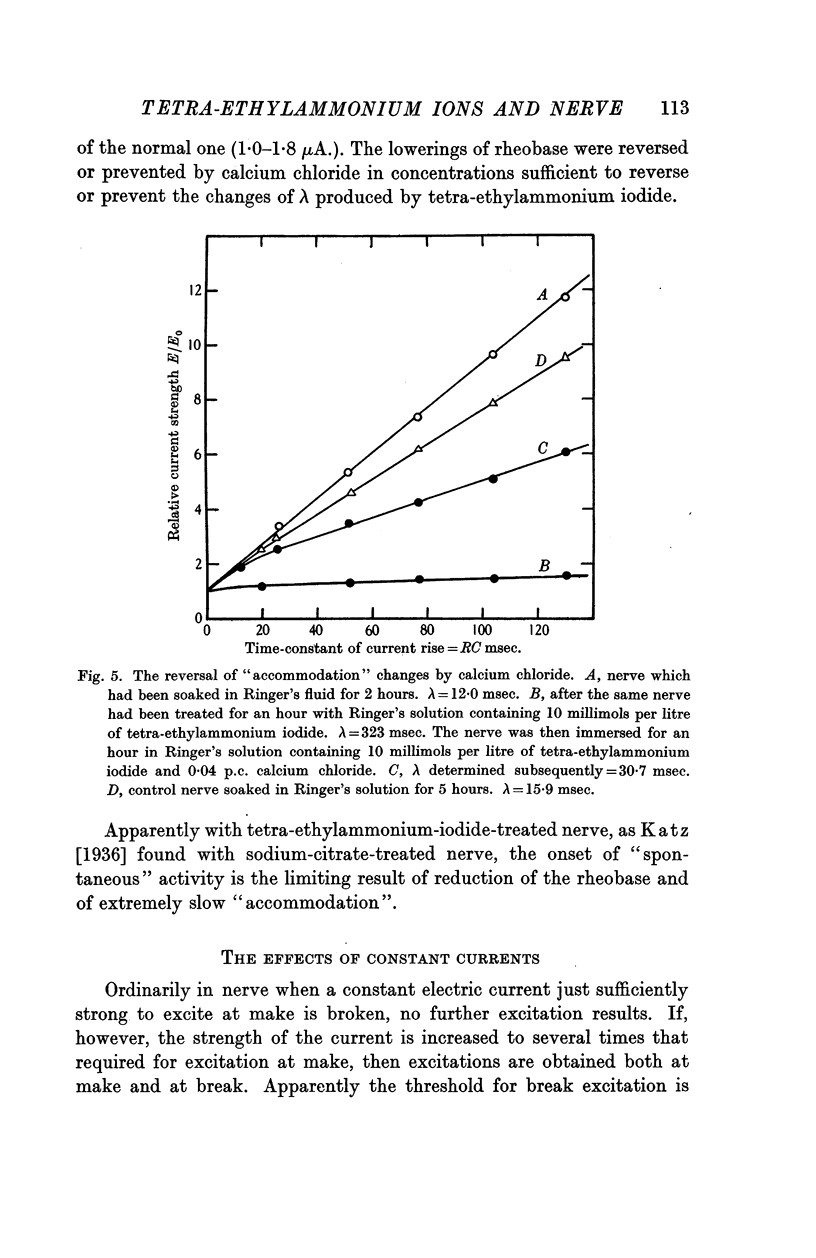
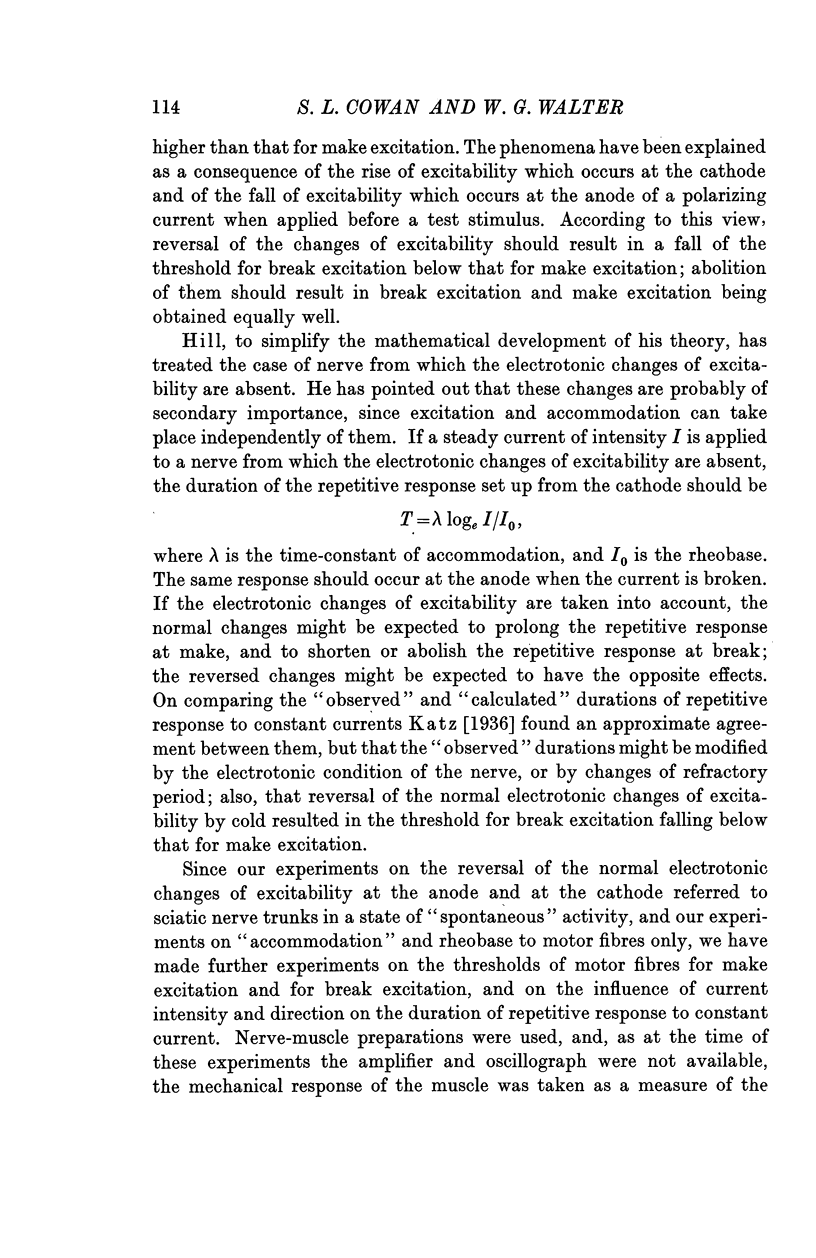
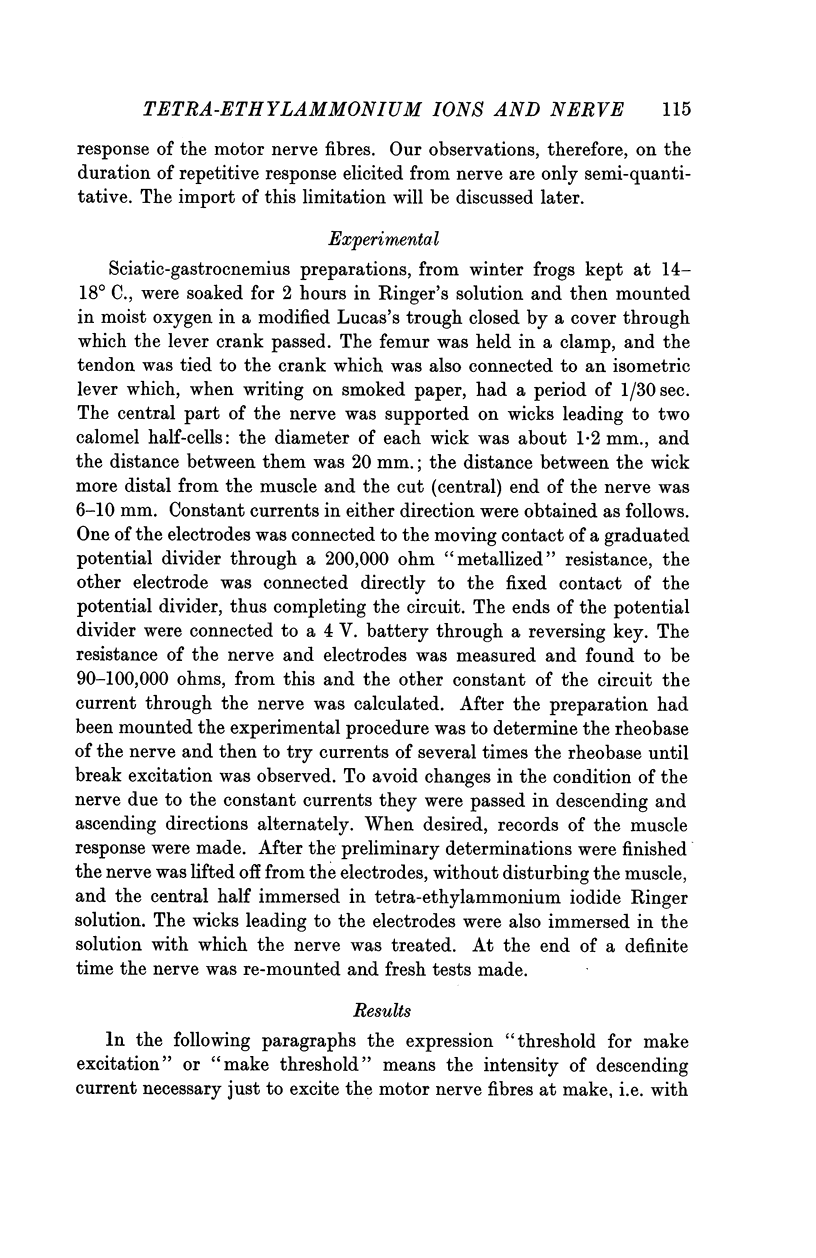
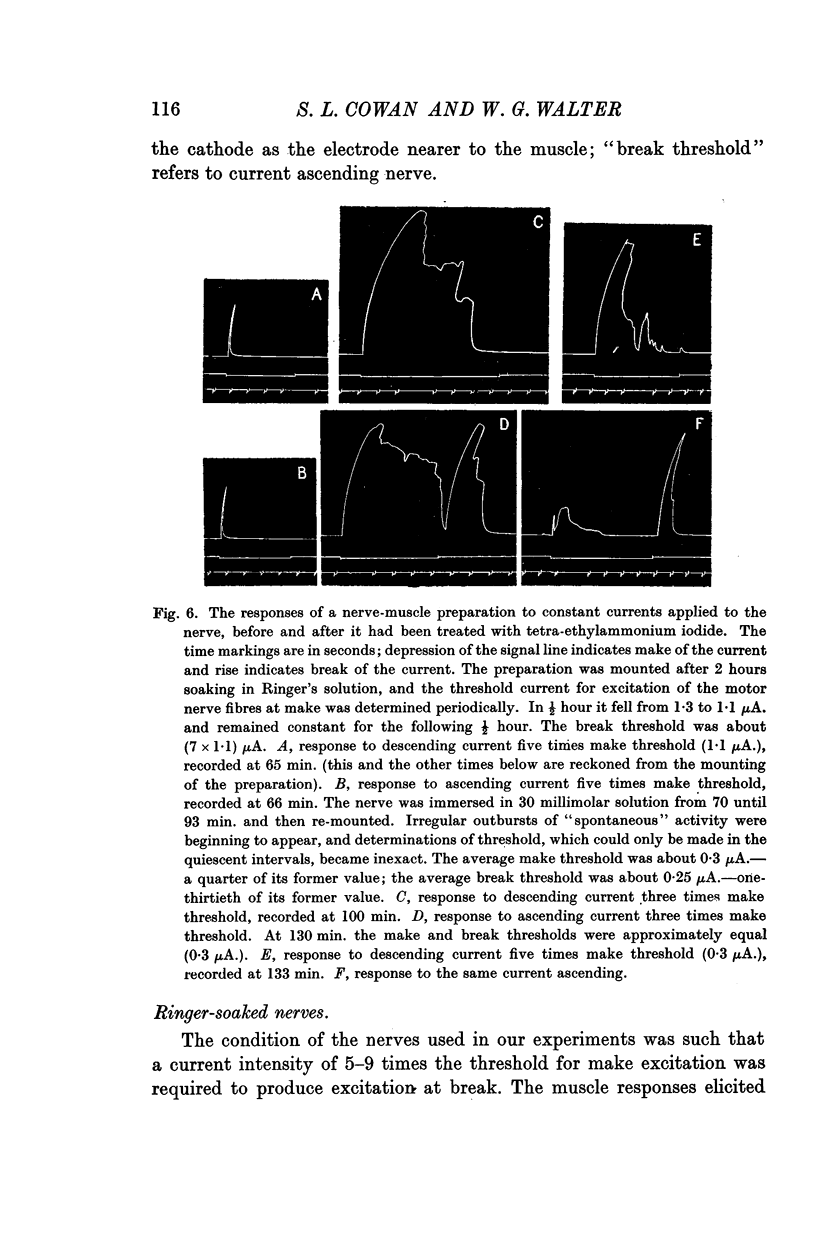
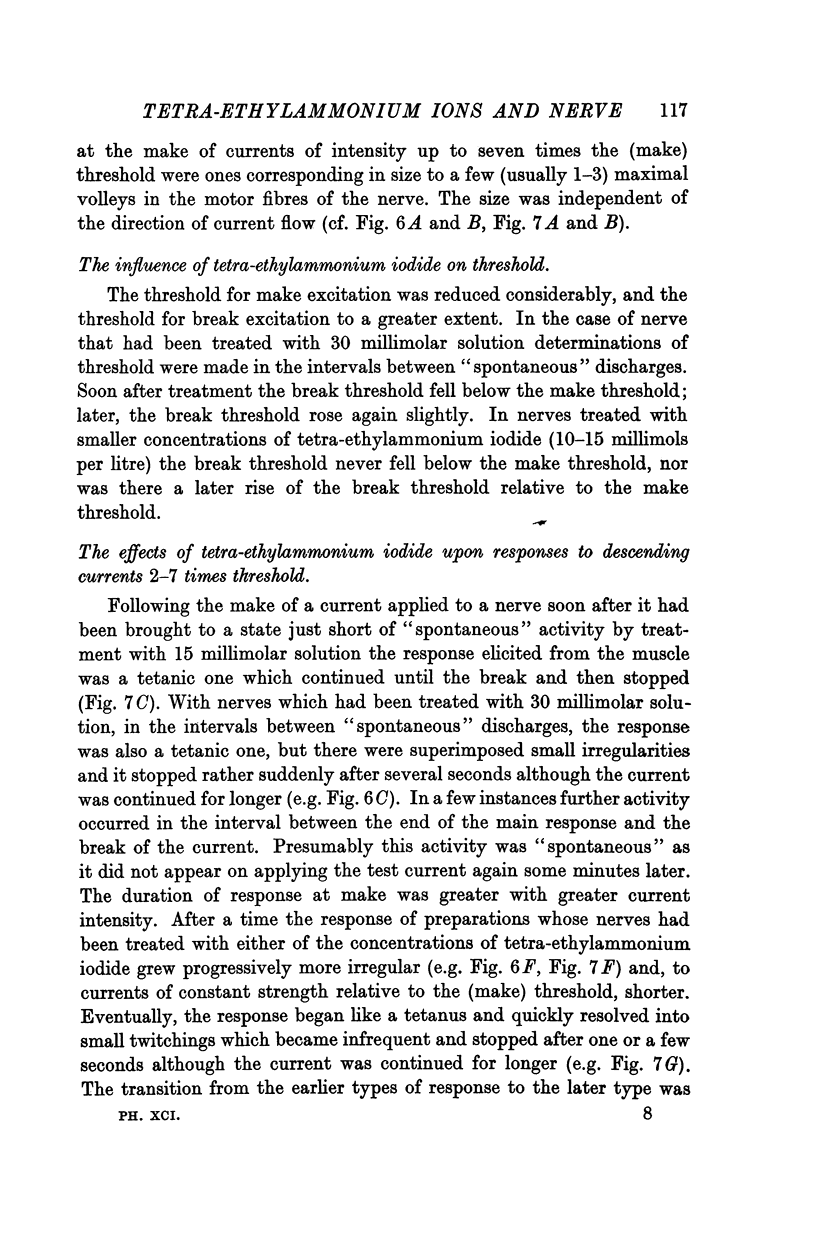
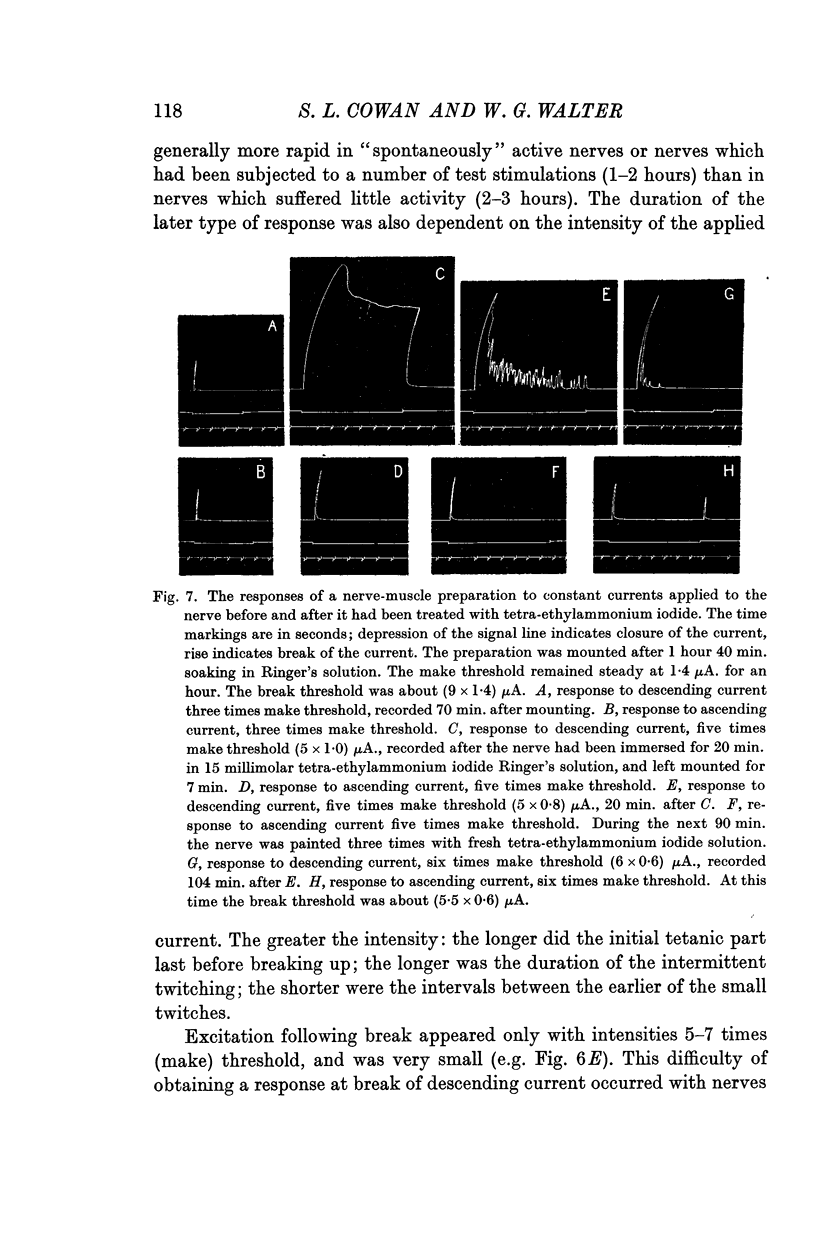
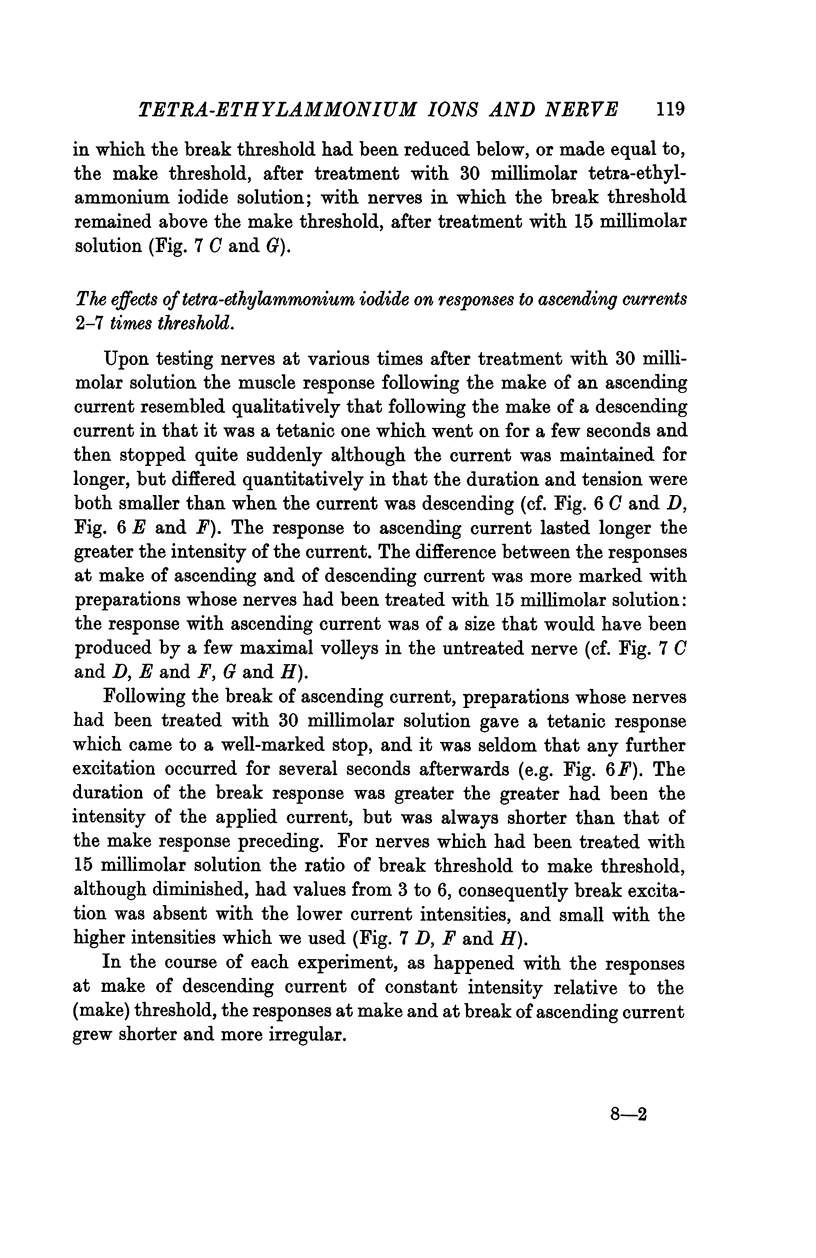
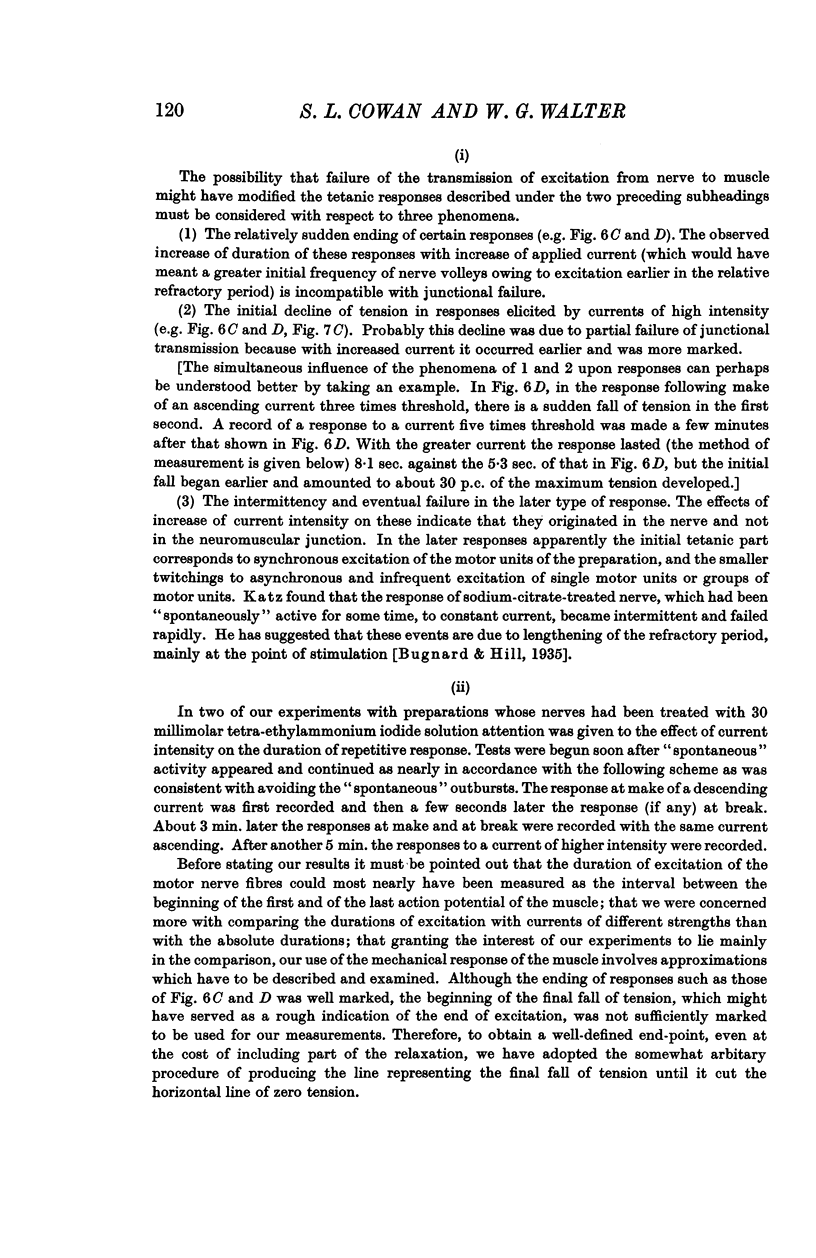
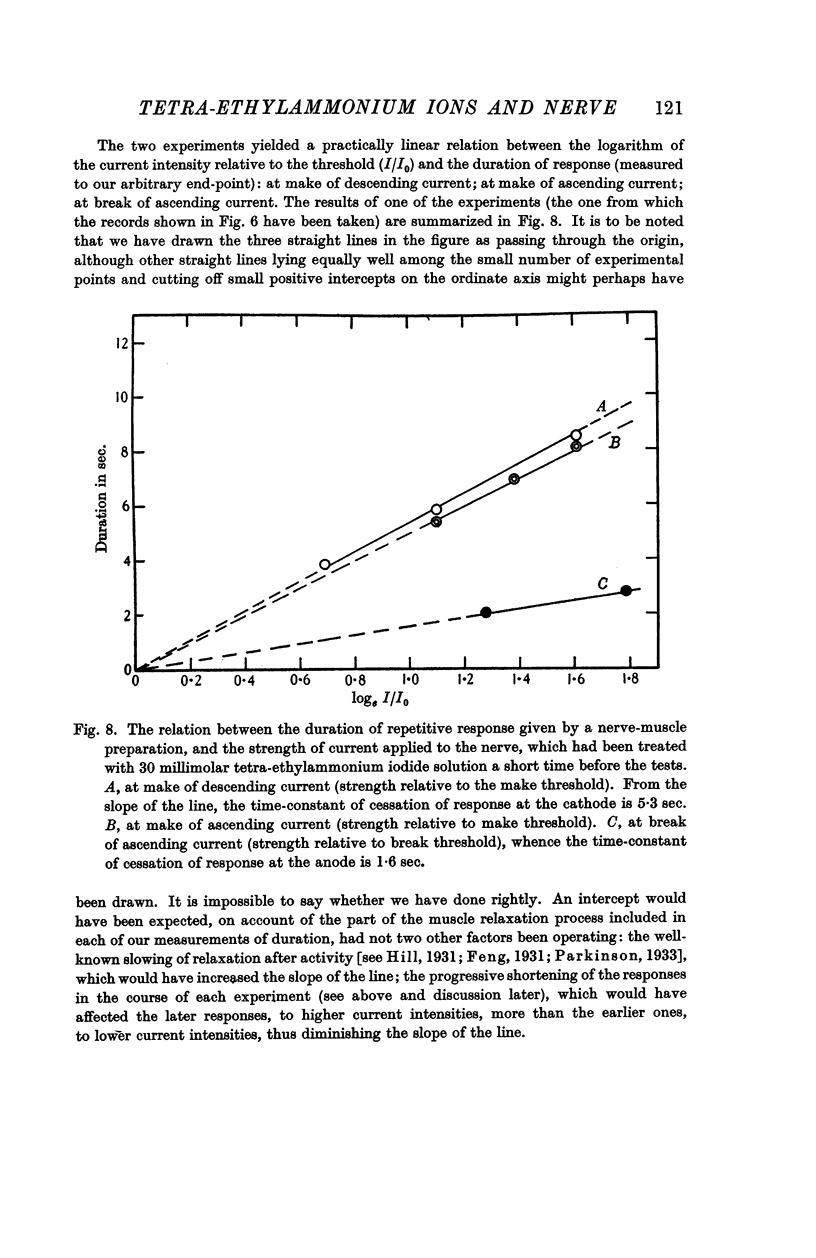
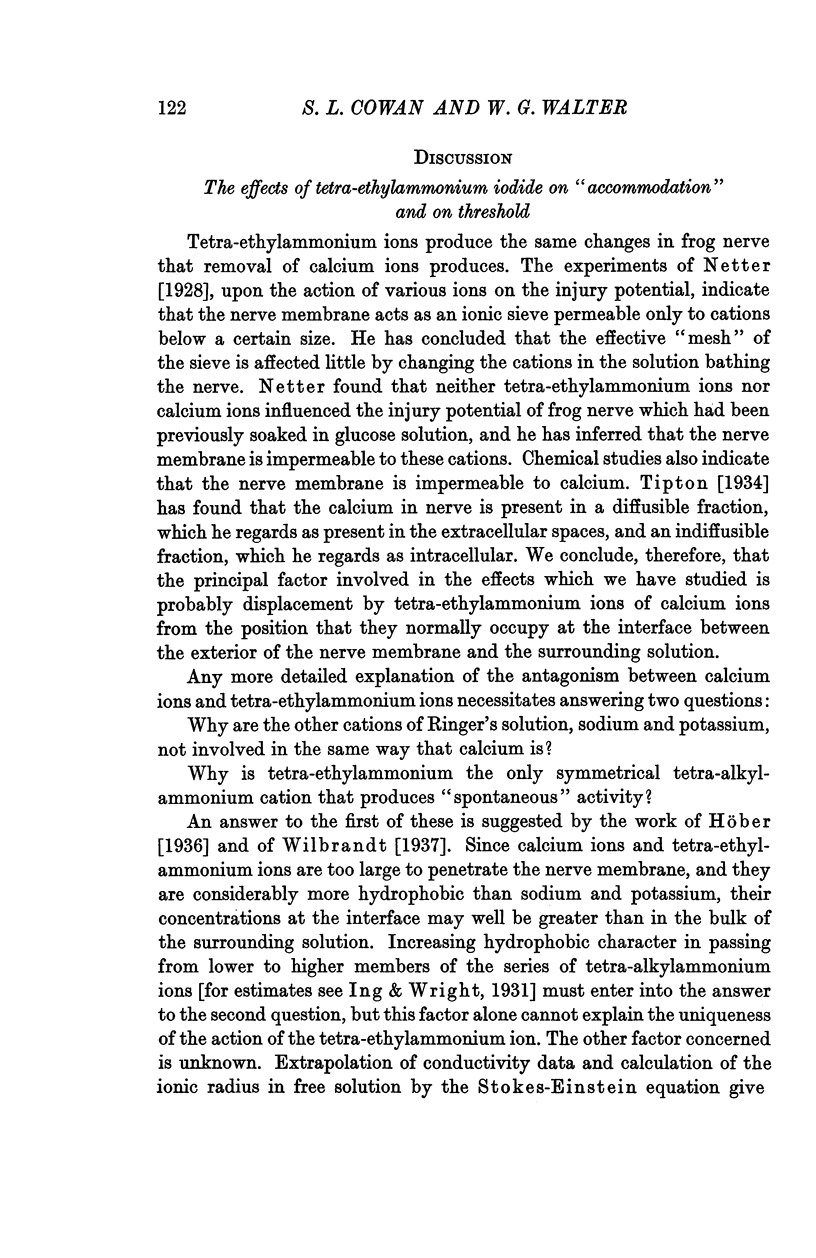
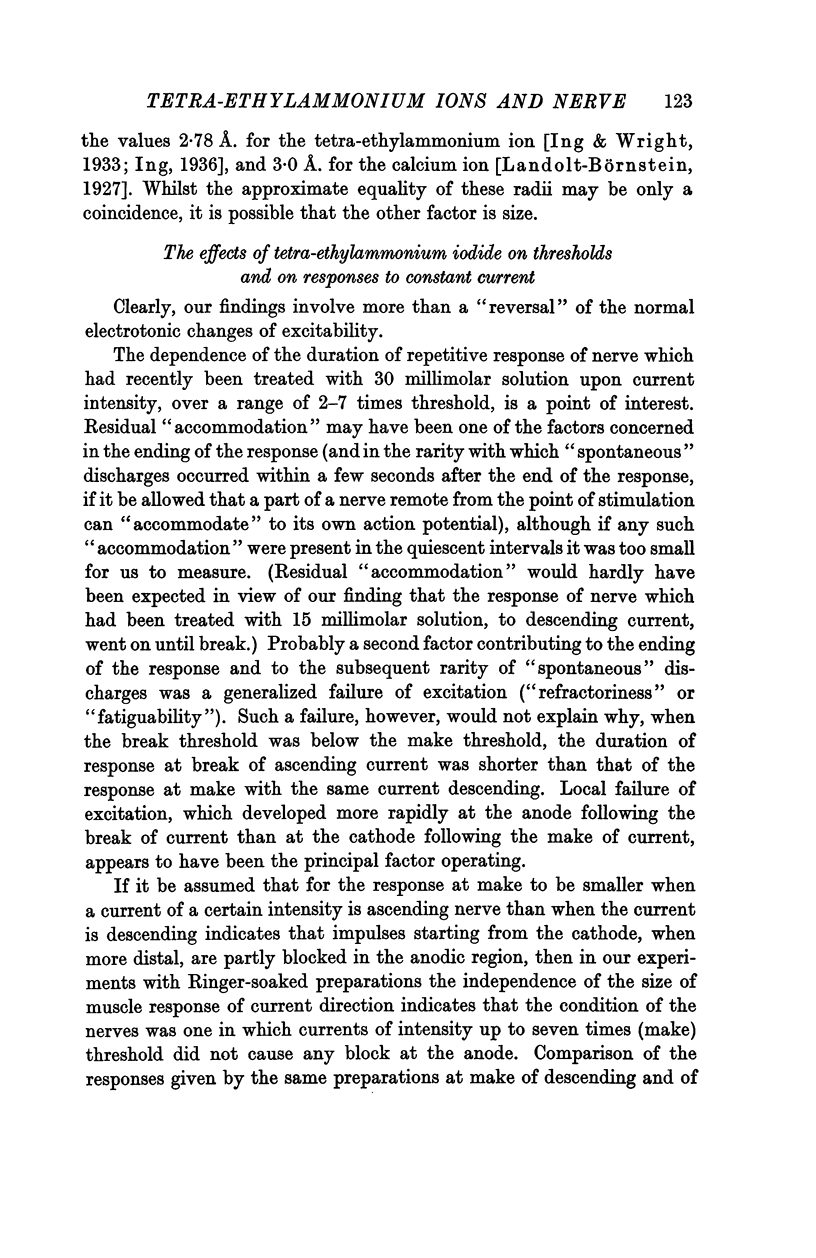
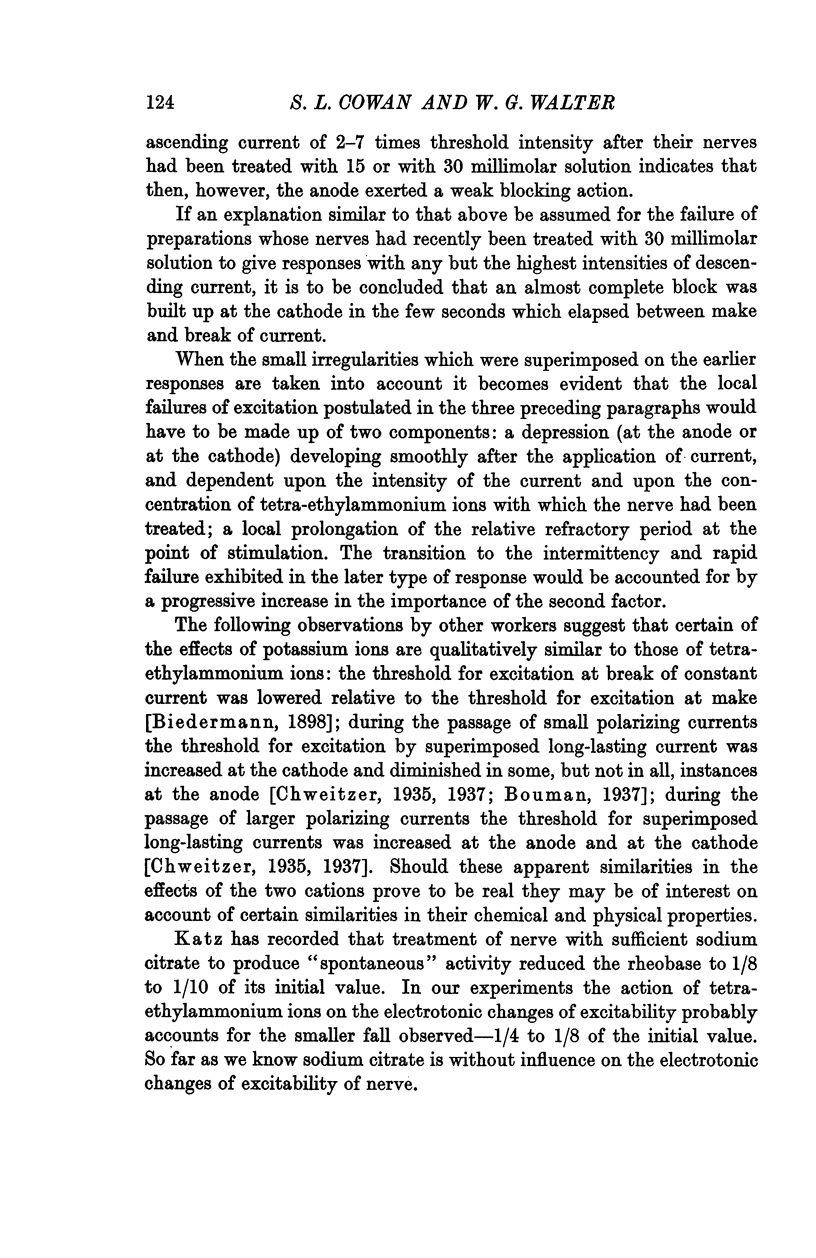
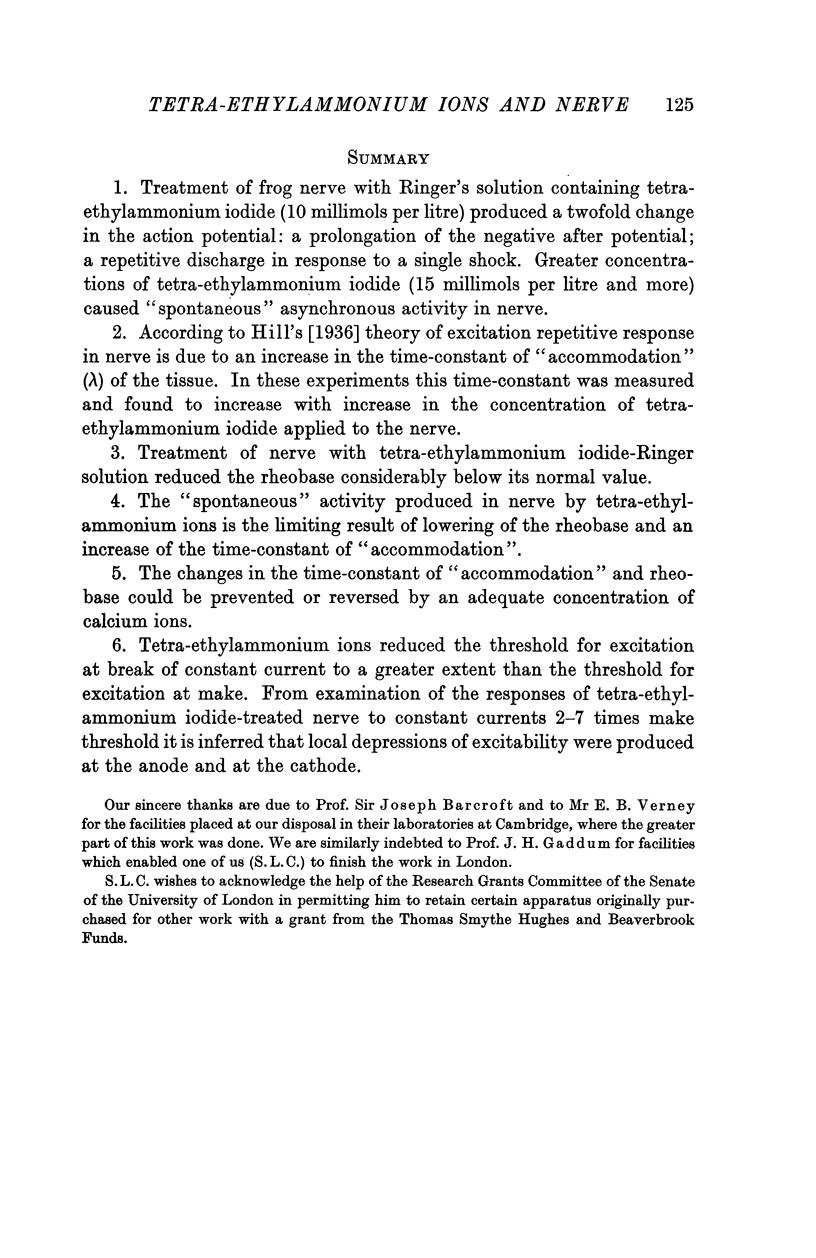
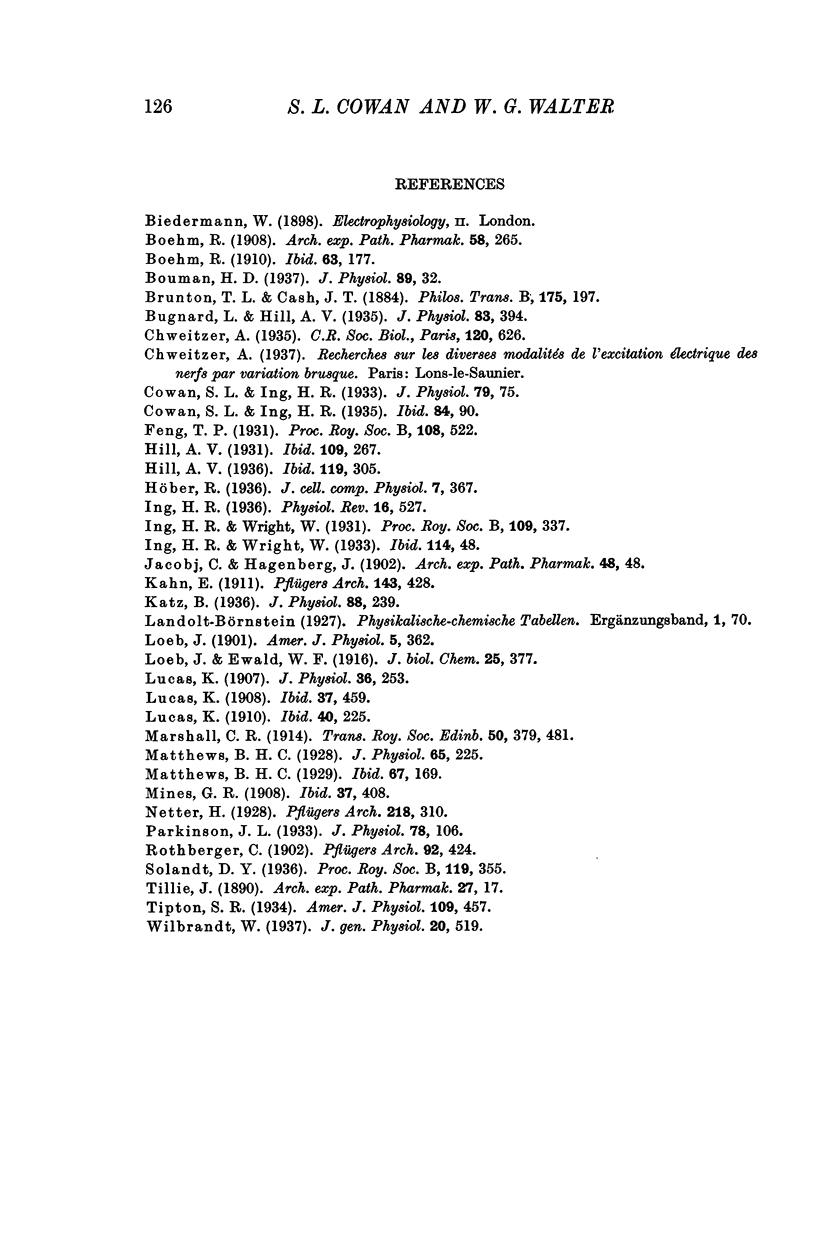
Images in this article
Selected References
These references are in PubMed. This may not be the complete list of references from this article.
- Bouman H. D. The effect of electrotonus on the excitability of nerve. J Physiol. 1937 Feb 19;89(1):32–44. doi: 10.1113/jphysiol.1937.sp003460. [DOI] [PMC free article] [PubMed] [Google Scholar]
- Bugnard L., Hill A. V. The effect of frequency of excitation on the total electric response of medullated nerve. J Physiol. 1935 Mar 15;83(4):394–406. doi: 10.1113/jphysiol.1935.sp003237. [DOI] [PMC free article] [PubMed] [Google Scholar]
- Cowan S. L., Ing H. R. Quaternary ammonium salts and the action currents in nerve. J Physiol. 1935 Apr 26;84(1):90–110. doi: 10.1113/jphysiol.1935.sp003259. [DOI] [PMC free article] [PubMed] [Google Scholar]
- Cowan S. L., Ing H. R. The effect of quaternary ammonium salts upon nerve: Preliminary communication. J Physiol. 1933 Jul 28;79(1):75–82. doi: 10.1113/jphysiol.1933.sp003027. [DOI] [PMC free article] [PubMed] [Google Scholar]
- Katz B. Multiple response to constant current in frog's medullated nerve. J Physiol. 1936 Nov 6;88(2):239–255. doi: 10.1113/jphysiol.1936.sp003435. [DOI] [PMC free article] [PubMed] [Google Scholar]
- Lucas K. An analysis of changes and differences in the excitatory process of nerves and muscles based on the physical theory of excitation. J Physiol. 1910 May 11;40(3):225–249. doi: 10.1113/jphysiol.1910.sp001367. [DOI] [PMC free article] [PubMed] [Google Scholar]
- Lucas K. On the rate of development of the excitatory process in muscle and nerve. J Physiol. 1908 Dec 15;37(5-6):459–480. doi: 10.1113/jphysiol.1908.sp001283. [DOI] [PMC free article] [PubMed] [Google Scholar]
- Lucas K. On the rate of variation of the exciting current as a factor in electric excitation. J Physiol. 1907 Dec 31;36(4-5):253–274. doi: 10.1113/jphysiol.1907.sp001231. [DOI] [PMC free article] [PubMed] [Google Scholar]
- Matthews B. H. A new electrical recording system for physiological work. J Physiol. 1928 Jun 24;65(3):225–242. doi: 10.1113/jphysiol.1928.sp002472. [DOI] [PMC free article] [PubMed] [Google Scholar]
- Matthews B. H. Specific nerve impulses. J Physiol. 1929 Mar 20;67(2):169–190. doi: 10.1113/jphysiol.1929.sp002560. [DOI] [PMC free article] [PubMed] [Google Scholar]
- Mines G. R. On the spontaneous movements of amphibian skeletal muscle in saline solutions, with observations on the influence of potassium and calcium chlorides on muscular excitability. J Physiol. 1908 Dec 15;37(5-6):408–444. doi: 10.1113/jphysiol.1908.sp001281. [DOI] [PMC free article] [PubMed] [Google Scholar]
- Parkinson J. L. The effect of activity on the form of the muscle twitch. J Physiol. 1933 Apr 13;78(1):106–112. doi: 10.1113/jphysiol.1933.sp002990. [DOI] [PMC free article] [PubMed] [Google Scholar]



